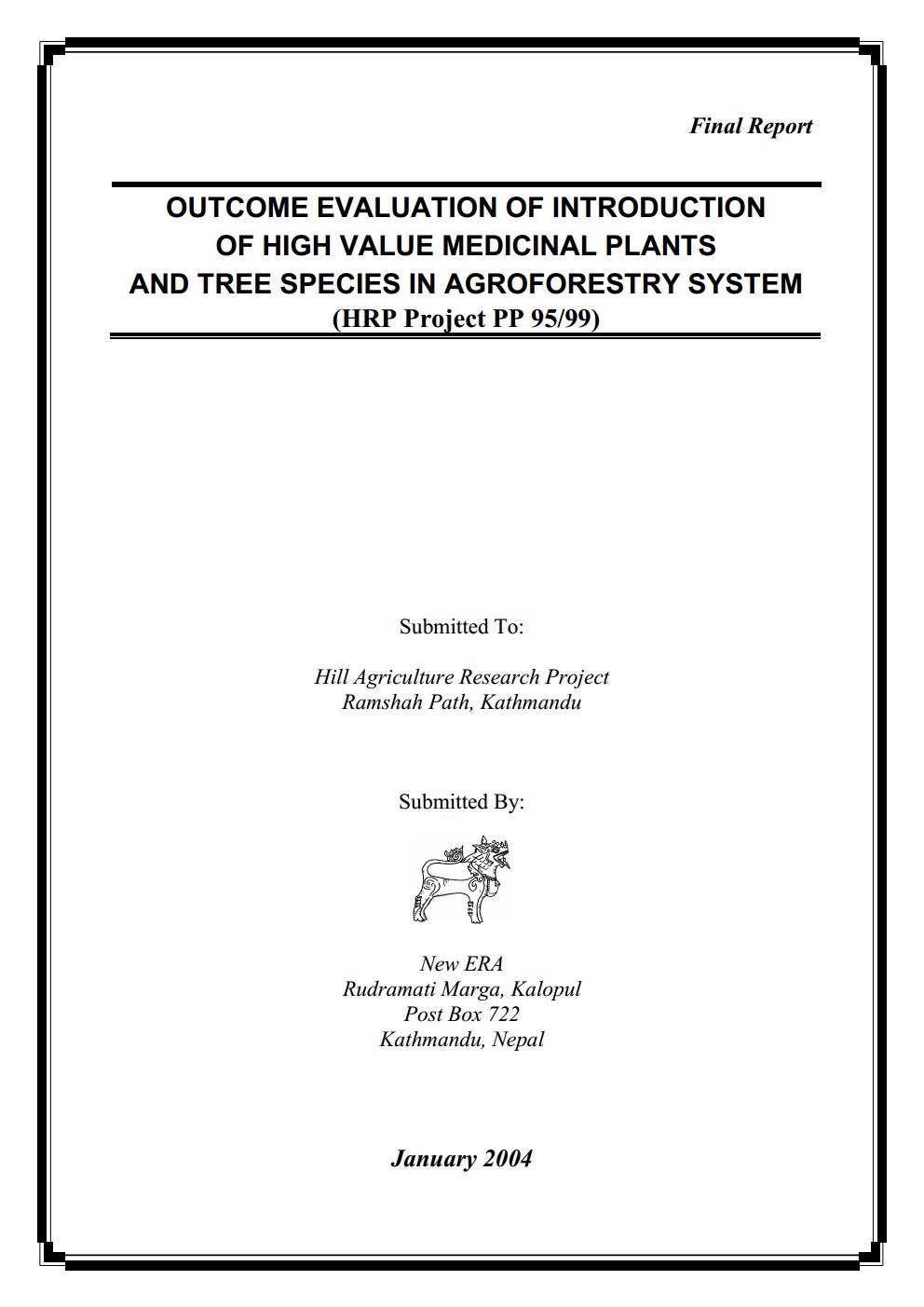The Nepal Agriculture Research Council (NARC), with financial support from HARP, implemented a research
project called “Improved Productivity in the Upland Rice Cropping System of the Mid-Western Tars and Hills
Using Legumes” in the Districts of Surkhet and Dailekh, Nepal. New ERA was commissioned by HARP to do an
outcome evaluation of this project. The evaluation assesses the effectiveness of the research project in terms of
research output, delivery, dissemination, uptake and adoption, and management.
Report Type: Crop
Large Block Production-Cum-Seed Multiplication of Rapeseed in Dang District
Rapeseed is the principal cash crop in Dang District. In recent years, rapeseed yield has been depressed with productivity as low as 0.6 metric tons/ha as compared to a possible yield of over one metric ton/ha. The New ERA Agricultural Development Centre (NEADC), New ERA’s sister organization based in Dang, started a large block production-cum-seed multiplication program in different villages in Dang. The program uses participatory, bottom-up planning and a one window approach. The aim of the program is to increase the rapeseed yield through improved production practices. The program has been successful in increasing the yield of rapeseed and as a result the demand for NEADC seed has increased every year. The model developed by NEADC was replicated by INGOs/NGOs/GOs.
Outcome Evaluation of Identification of Farmers’ Adoption Criteria for Improved Rice Varieties Selection
This study evaluates the HARP funded project titled “Identification of Farmers’ Adoption Criteria for Improved
Rice Varieties Selection”. The study found that the project was successful in identifying improved normal rice
varieties and in encouraging farmers to adopt the improved varieties. About 55 percent of the total sample group
of farmers adopted the improved rice varieties.




